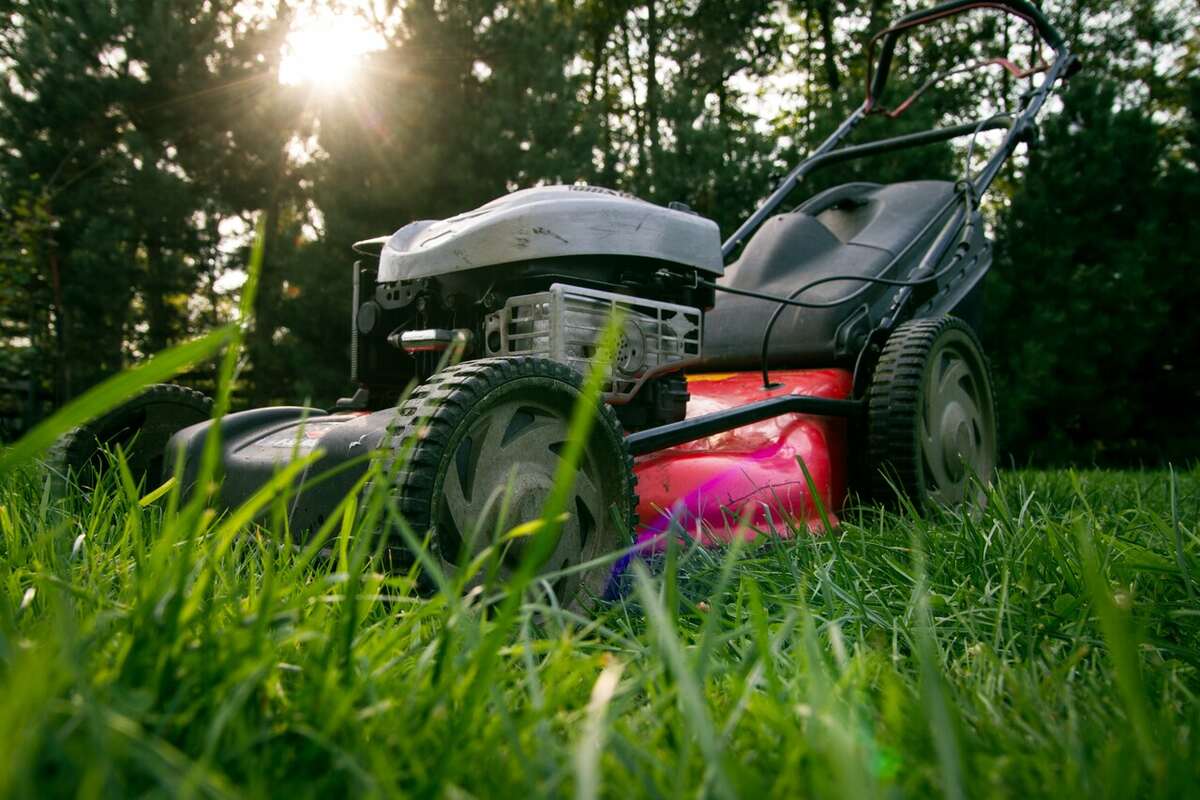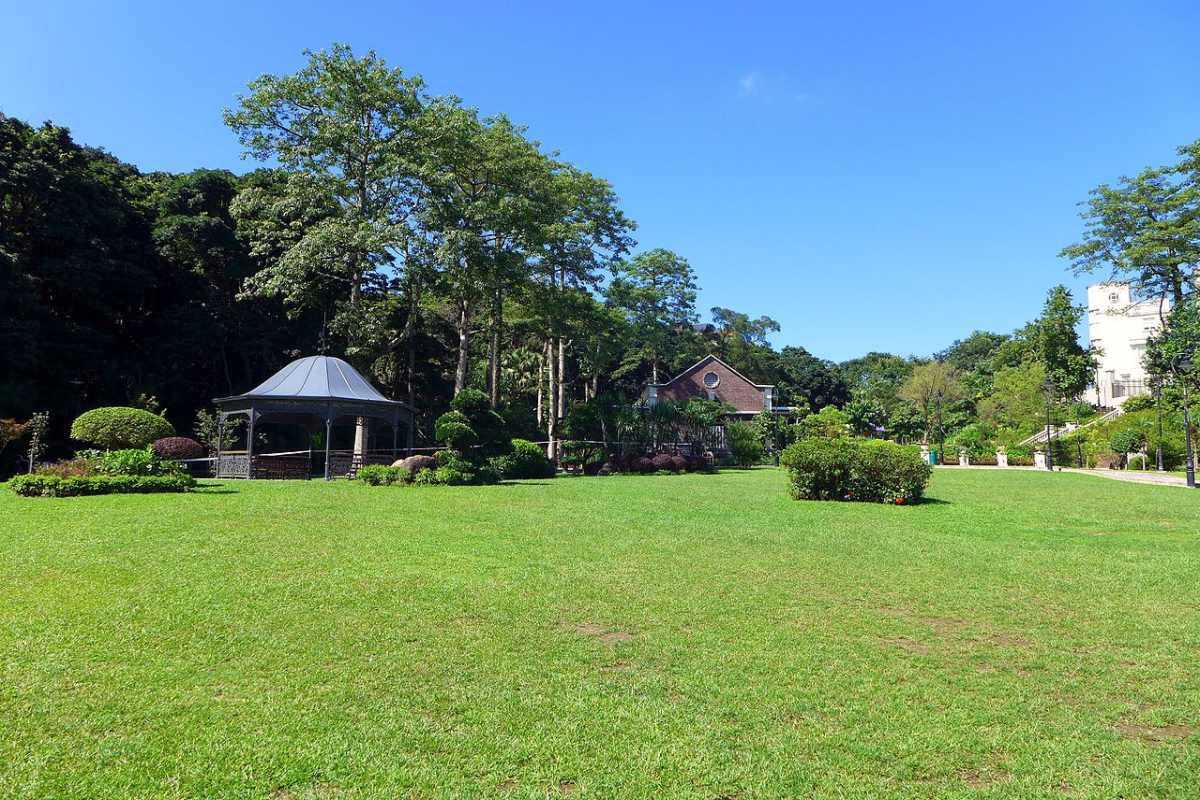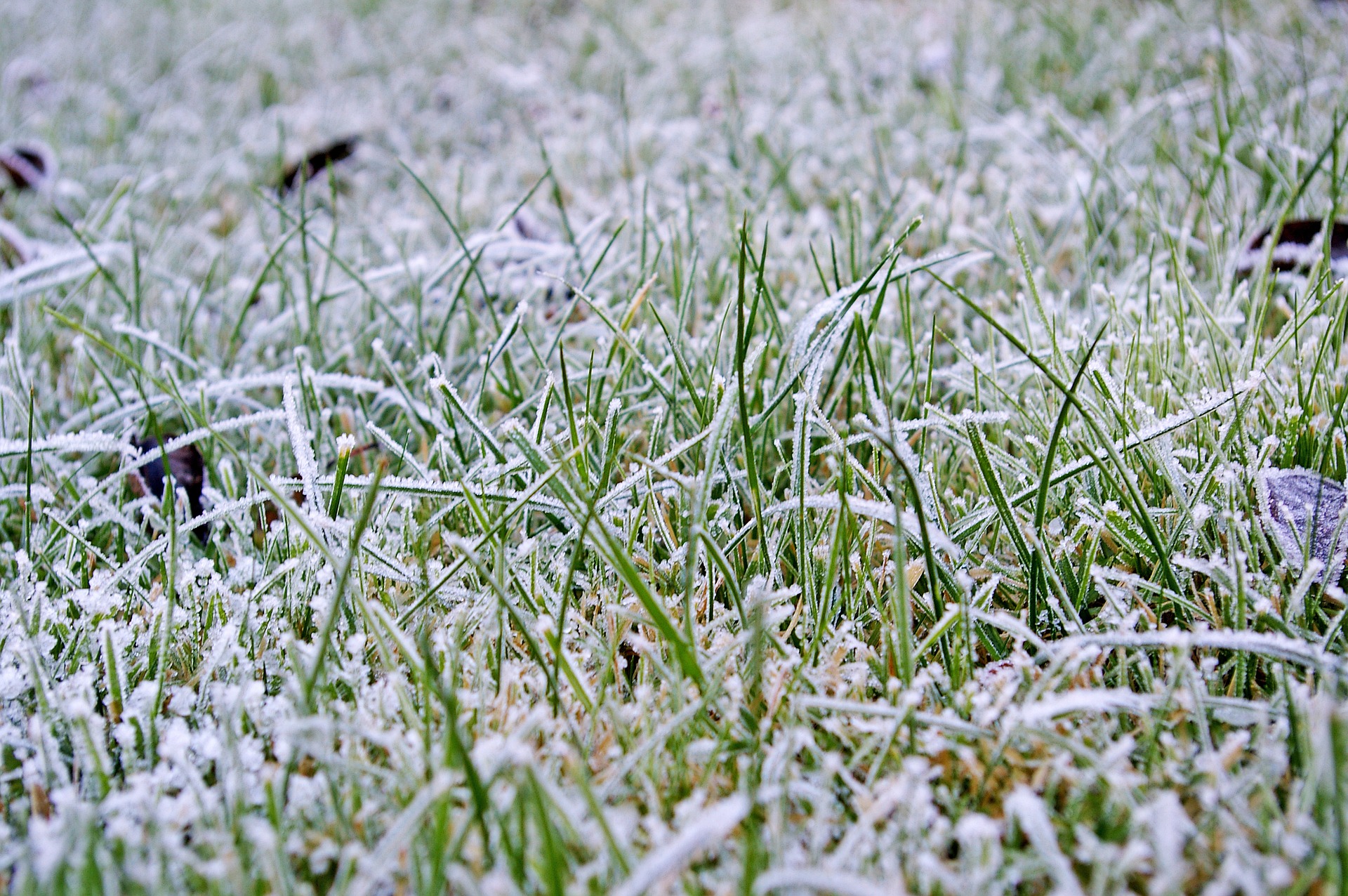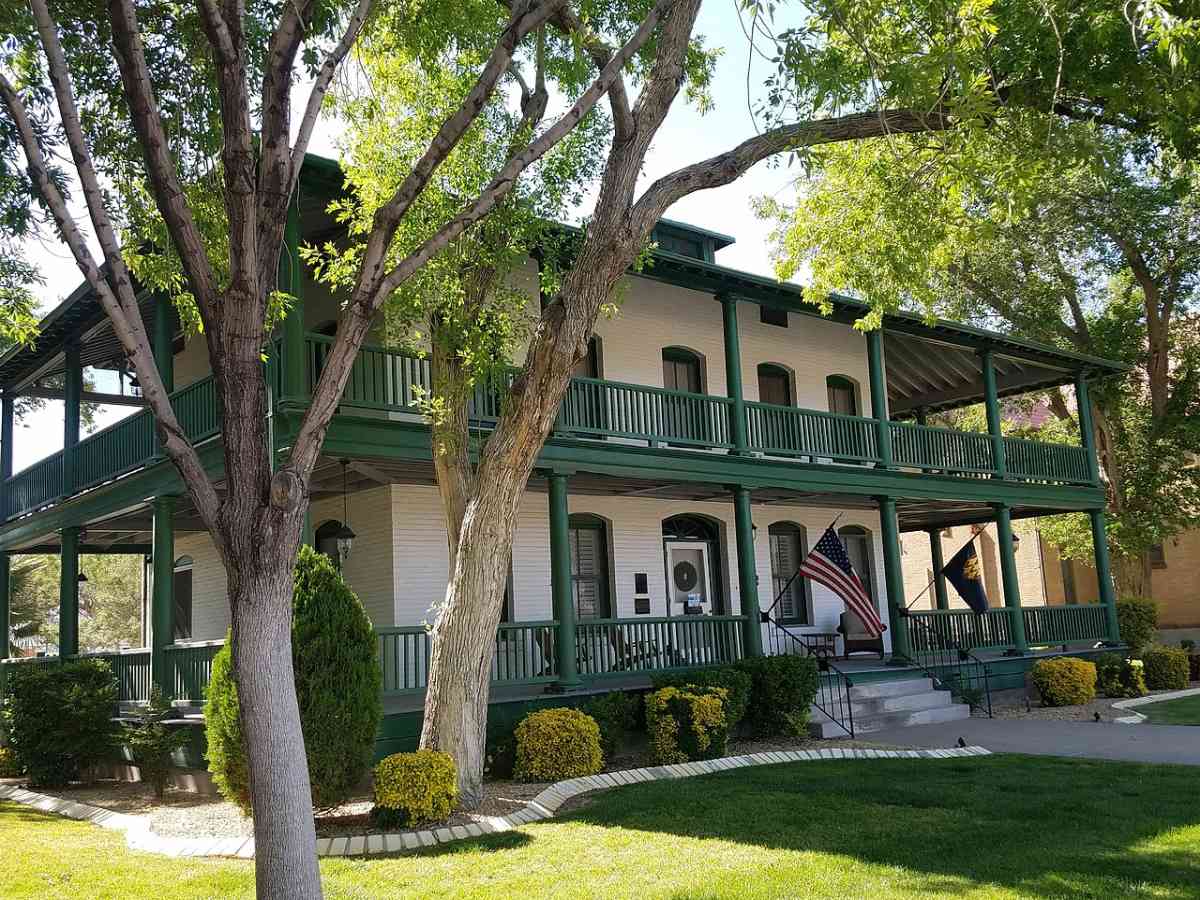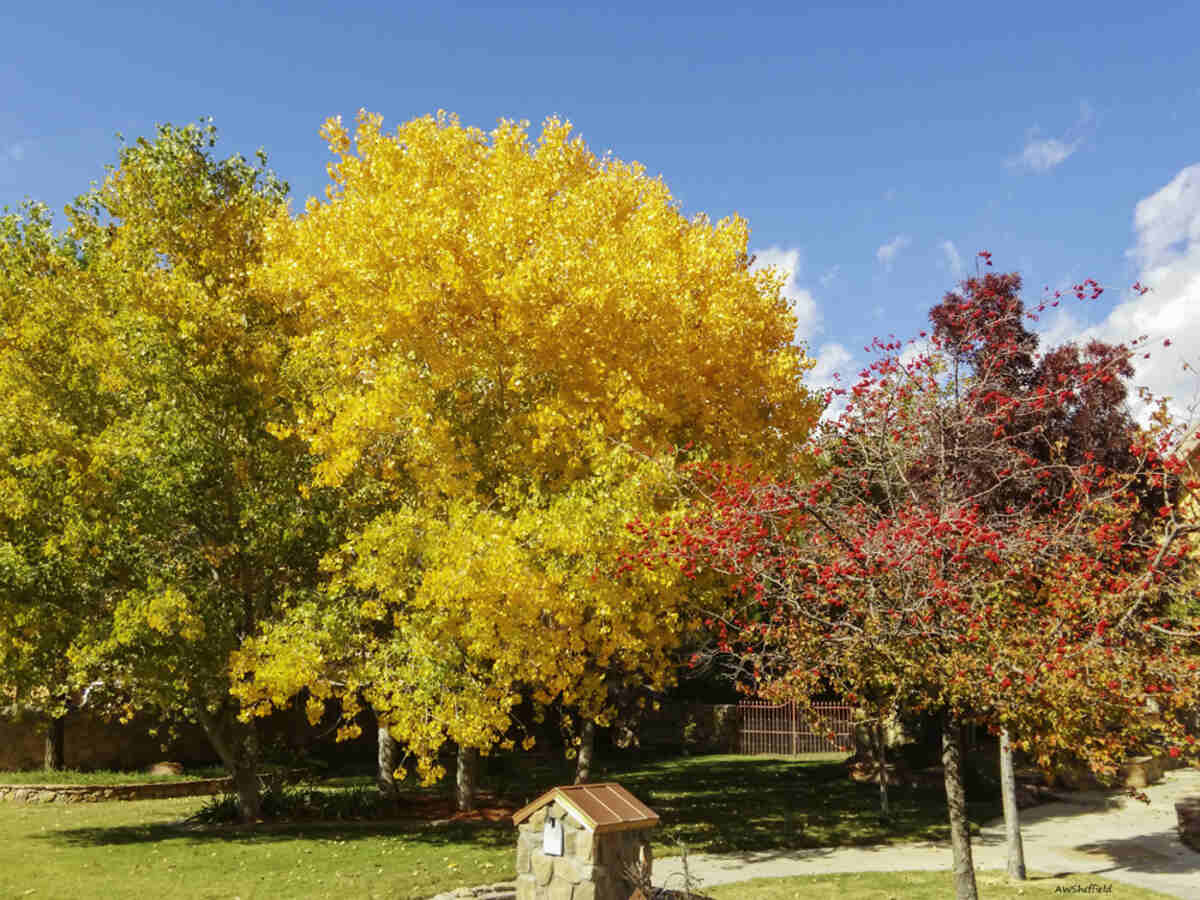
Are you ready to show off a lush and healthy lawn this fall? As the summer heat fades away, it’s time to focus on 10 essential fall lawn care tips to keep your yard looking its best in El Paso. This region’s unique climate presents some challenges, but with the right approach, you can achieve a vibrant lawn that will impress your neighbors.
While football season and corn mazes may be on everyone’s mind, it’s also a great time to give your lawn some much-needed attention. From raking leaves to fertilizing, we’ve got you covered. So grab your pumpkin spice latte and get ready to discover the secrets to successful lawn care in El Paso, TX.
1. Tidy Up Your Yard
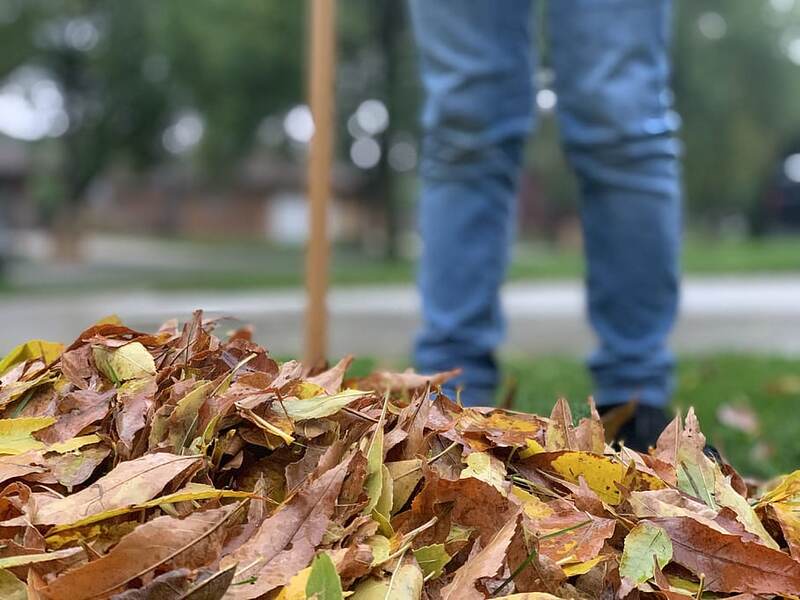
Although El Paso doesn’t typically experience the stunning fall foliage in other parts of the country, you can find some autumn beauty by hiking to the Guadalupe Mountains. However, even if your yard doesn’t boast the same colorful display, tidying up and preparing your lawn for the cooler months ahead is still essential.
As the weather cools down, it’s common for leaves, branches, and other debris to accumulate on your lawn. These can make the grass…
- Have difficulties absorbing essential nutrients, air, and water
- Develop fungal diseases, like brown patch
- Attract pests, such as rodents or armyworms
As such, raking up fallen leaves and clearing out any debris around your yard will help ensure your lawn stays healthy and attractive throughout the fall season.
Pro Tip: If you’re short on time or simply want to spare your back the strain of yard work, hiring a professional to clean up your yard can be a smart solution.
- Yard cleanup costs around $280.
- Leaf removal costs between $165 and $485.
2. Keep Watering
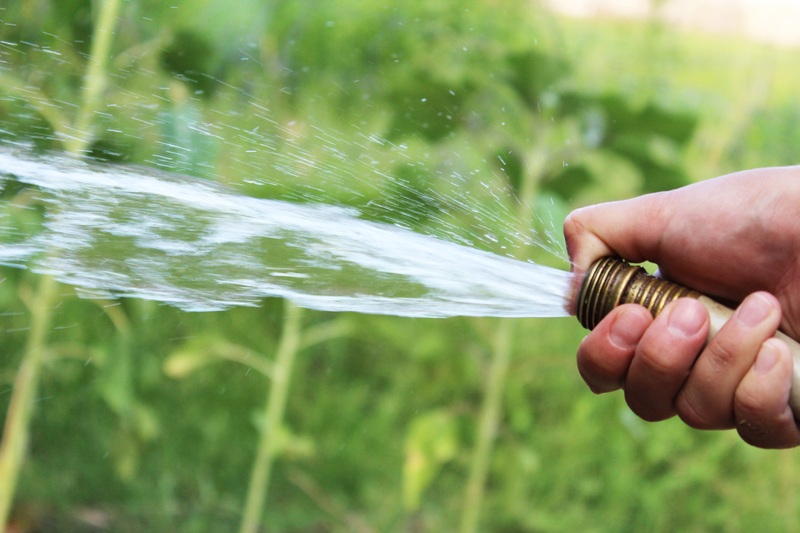
As the summer heat starts to subside, it may be tempting to stop watering your lawn altogether. However, in El Paso, where rainfall during the fall season can be scarce, it’s important to continue watering your lawn to ensure it stays healthy and vibrant.
To keep your lawn looking its best, aim to water until mid-November. In addition, the best time to water your yard is in the early morning, when the temperatures are cooler and the sun and the wind aren’t as intense, to prevent excessive evaporation.
Warning: Be careful not to overwater your lawn, as this can lead to fungal diseases. Always check the weather conditions: If it has rained recently, your lawn will require less water.
Pro Tip: If you find yourself struggling to keep up with the watering demands of your lawn during the fall season in El Paso, consider investing in an automated sprinkler system. They cost between $2,400 and $4,200.
3. Prep the Sprinklers
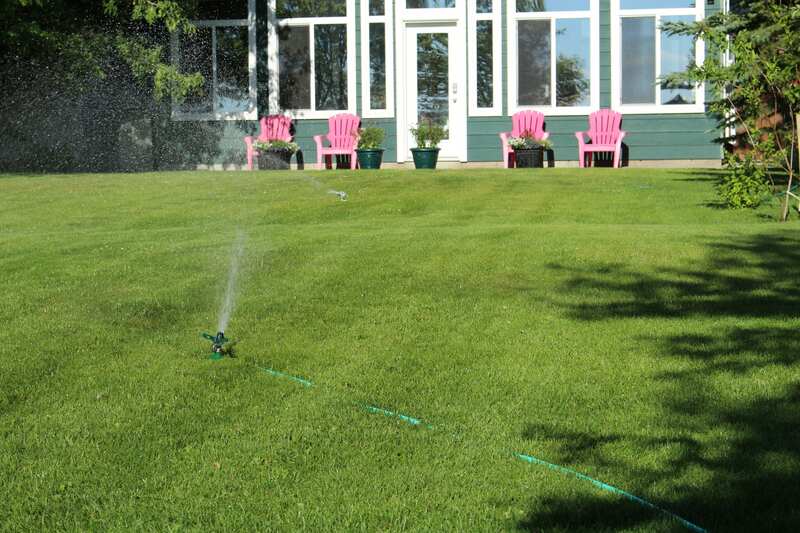
While El Paso’s winters may not be as harsh as other regions, it’s still important to winterize your sprinkler system and perform some maintenance tasks before cooler weather sets in:
- Shut off the sprinkler system by the end of fall before temperatures drop below freezing.
- Disconnect the system from the water supply and drain the lines to prevent damage from freezing temperatures.
- Cover aboveground components that may be subject to frost damage.
- Repair broken sprinkler heads to prevent leaks and other issues that may go unnoticed during winter.
- Clear any clogs, which can cause uneven watering and can lead to further problems down the line.
4. Know Your Soil
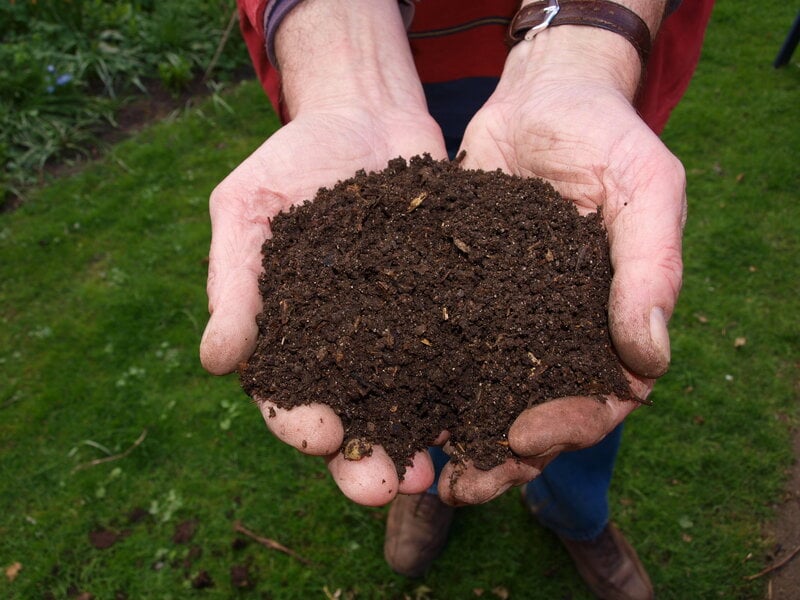
Knowing your soil is one of the most important aspects of fall lawn care. A soil test can tell you a lot about your soil’s composition, including the pH level, nutrient content, and soil type. This information can help you choose the right fertilizer and soil amendment for your lawn’s needs.
In El Paso, the soil is typically alkaline, meaning it has a pH level above 7. This can affect the availability of certain nutrients in the soil and make it more challenging to maintain a healthy lawn.
In addition, the two most common types of grass in El Paso are Bermuda and Zoysia. They thrive in soil with a pH between 6 and 6.5, so if your soil is too alkaline, it can be difficult for these grasses to absorb the necessary nutrients. The best ways to amend alkaline soil are through:
- Elemental sulfur
- Aluminum sulfate
- Iron sulfate
Note: If you followed our spring lawn care tips for El Paso and already performed a soil test, you don’t have to do it again. It is recommended to test your soil once a year.
5. Fuel Your Lawn’s Fall Growth
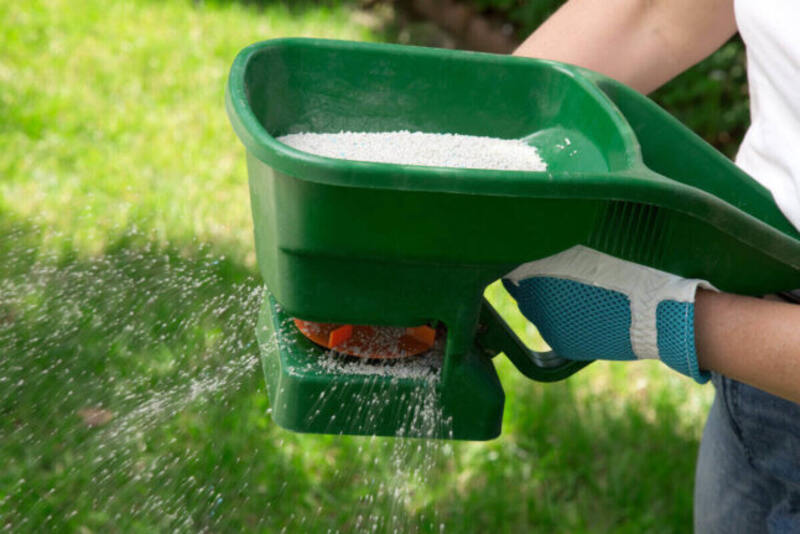
Fertilizing your warm-season lawn during the fall season in El Paso is a vital lawn maintenance step. This final fertilizer application of the year serves as an extra boost of energy before your grass goes dormant, allowing it to store essential nutrients for the coming months.
Even if you have already fertilized your lawn in spring, doing it in fall is still recommended. Splitting the fertilizer into two smaller applications can promote better absorption and reduce the risk of fertilizer burn. This can also ensure that your lawn receives the right balance of nutrients throughout the year.
Pro Tip: Timing is crucial when it comes to fall fertilization. It’s essential to give enough time for the fertilizer to work before the grass dormancy period begins, which in El Paso typically starts around mid-November. As such, it’s best to feed your lawn in mid-September to allow it to take effect fully.
6. The Final Cut… Or is It?
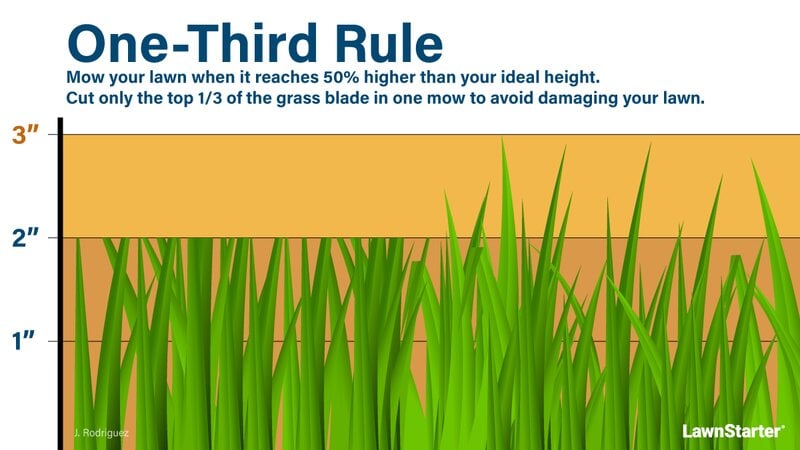
As the temperatures start cooling in El Paso, you may assume it’s time to put away your lawn mower for the season. However, it’s important to continue mowing your lawn regularly until it stops growing, which typically happens when temperatures consistently drop below 50 degrees during the day, often in late November.
While the mowing frequency may be less in the fall than in the summer, about twice a month, mowing is still vital. In addition, keep your mower blades sharp and adjust the cutting height as needed to prevent damaging the grass or scalping the lawn.
A good rule of thumb is never to remove more than one-third of the grass blade at a time, but you can use the table below to adjust the cutting height based on your grass type:
| Grass Type | Mowing Height (inches) |
| Bermudagrass | 1.5 – 2.5 |
| Buffalograss | 2 – 3 |
| Zoysiagrass | 1 – 2 |
| Seashore Paspalum | 1 – 2 |
| Texas Bluegrass | 2 – 3 |
7. Careful With Aeration and Dethatching
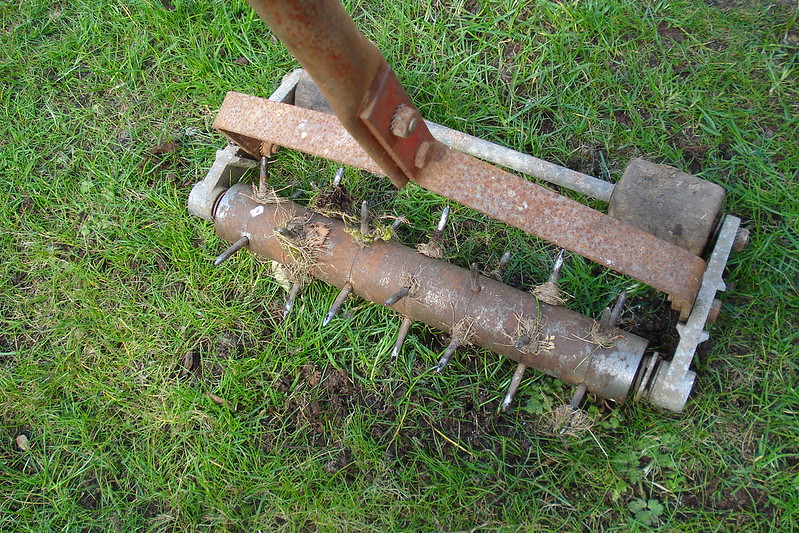
Aeration and dethatching are vital components of lawn care. Lawn aeration refers to the process of perforating the soil with small holes to allow water and nutrients to get to the roots of the grass. In contrast, dethatching involves removing the layer of debris that builds up on top of the soil over time.
However, warm-season grasses, the most common in El Paso, should not be aerated or dethatched in the fall. These processes can cause too much stress on the grass when it’s going dormant, and it might not be able to recover in time for winter in El Paso.
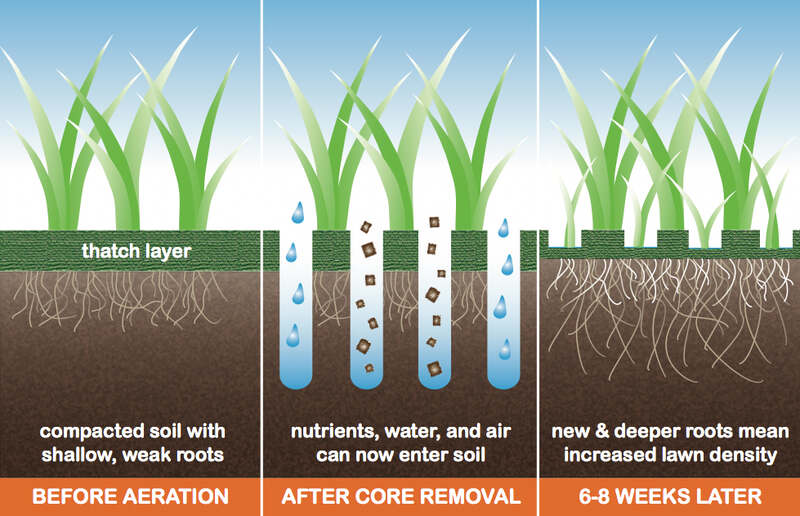
Instead, warm-season grasses, like Bermuda and Zoysia, should be aerated and dethatched during their active growing season, from late spring to early summer in El Paso.
Pro Tip: If you have a less common grass type like Texas bluegrass or other bluegrass hybrids, you can dethatch and aerate in the fall.
8. Weed Out the Competition
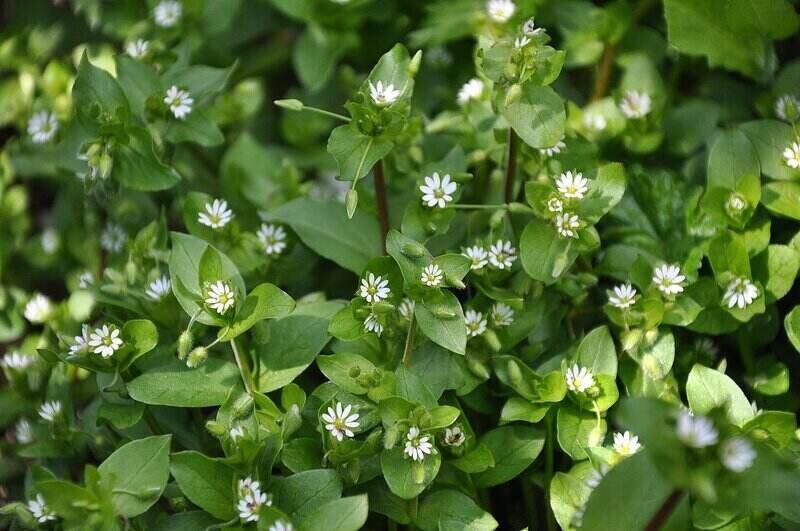
Fall is an excellent time to tackle weed control in your El Paso lawn, and one effective strategy is using pre-emergent herbicides. These herbicides prevent weed seeds from becoming established, which can be an effective measure against winter weeds.
Applying the herbicides at the right time is essential to achieve the best results. Generally, you should wait to use them until after the soil temperatures have dropped below 70 degrees in the fall. This typically occurs between October and November in the El Paso area.
Common weeds in Texas include:
- Annual bluegrass
- Lawn burweed
- Henbit
- Chickweed
- Carolina geranium
Note: Pre-emergent herbicides are not effective against existing weeds, so if you have visible weeds in your lawn, it may be necessary to use additional weed control methods.
9. Overseed Bermudagrass
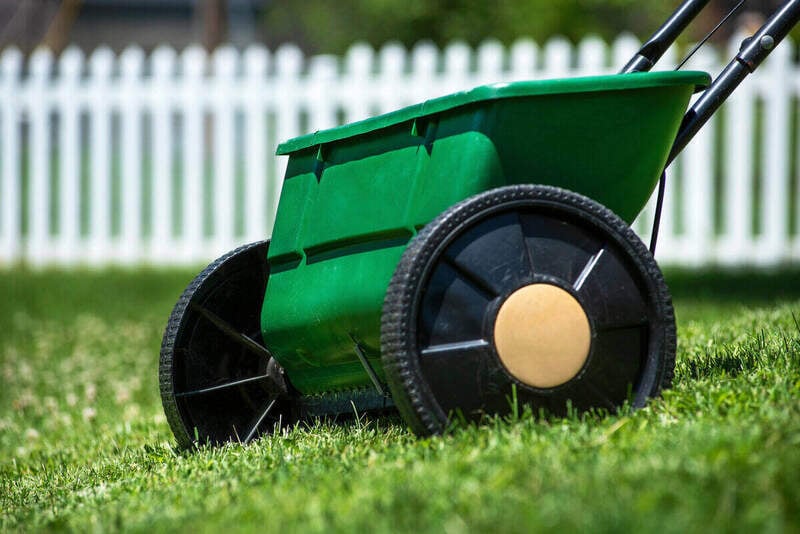
While overseeding warm-season grasses is typically done during the springtime in El Paso, there is a trick to keep your lawn looking green all year round. By overseeding your warm-season grass with cool-season grass, you can help to maintain a lush and green lawn all year round.
But how? The way to accomplish this is to overseed Bermudagrass with perennial ryegrass. Perennial ryegrass is a fast-growing grass species that can germinate quickly and establish itself before colder temperatures set in. It’s also an excellent option for overseeding Bermudagrass. Perennial ryegrass can provide vibrant green color and withstand colder temps.
Warning: Overseeding should not be done if you have recently applied herbicides to your lawn. Herbicides can prevent new grass seeds from germinating and establishing themselves.
10. Mulch for Healthier Plants and Lawn

Using mulch in your El Paso lawn care routine during the fall season can provide a range of benefits for your yard. One way to use mulch is on flower beds, which can help protect plants from colder temperatures while also providing valuable nutrients. Common types of mulch include:
- Wood chips
- Straw
- Sawdust
- Pine needles
Another way to incorporate mulch is by using a mulching mower to shred fall leaves into smaller pieces instead of bagging them, or leaving grass clippings on the lawn. This can help regulate soil temperature, retain moisture, prevent weeds, and reduce waste.
Warning: Make sure the leaves are dry and shred them into small pieces that can easily decompose. A thin layer of mulch, no more than a half-inch deep, is ideal for providing nutrients to your lawn without suffocating it.
FAQ About Fall Lawn Care Tips
Time your final fertilizer application carefully to give your warm-season lawn enough time to absorb the nutrients before dormancy begins. In El Paso, the first frost typically occurs in mid-November, so you should aim to apply fertilizer about six weeks before that, in mid-September.
Applying fertilizer too late in the fall can be ineffective, as your lawn may have already entered dormancy and be unable to absorb the nutrients. On the other hand, applying fertilizer too early in the fall can encourage excessive growth that may not withstand winter’s colder temperatures.
The most popular grass species in El Paso are warm-season grasses. These types of grasses are well-suited to the hot and dry climate of El Paso, and they typically require less water and maintenance than cool-season grasses.
The most common grasses in El Paso include:
● Bermudagrass
● Zoysiagrass
● Buffalograss
● Seashore paspalum
Less common types include the cool-season Texas bluegrass.
Yes, you should mow your lawn before fertilizing. By mowing your lawn before fertilizing, you can create a clean and clear surface for the fertilizer to reach the soil and penetrate more deeply. It can also help ensure the fertilizer is evenly distributed across your lawn.
Taking Your Fall Lawn Care to the Next Level
Taking care of your lawn during the fall in El Paso, TX, requires some special attention, but with these tips, you can keep your lawn looking beautiful and healthy all year round.
If you’re looking to take your fall lawn care to the next level, consider hiring a professional lawn care service with LawnStarter. Our experienced professionals can help you with your lawn care needs, so you won’t have to do it all yourself.
Main Image Credit: Allen Sheffield / Flickr / CC BY 2.0

